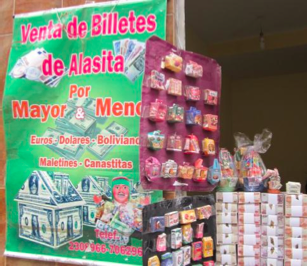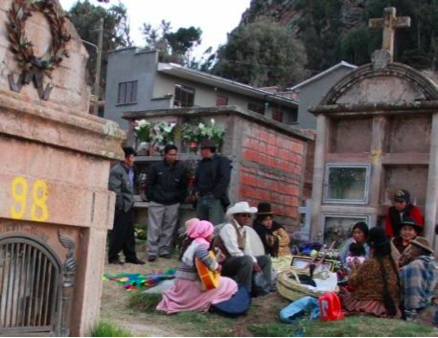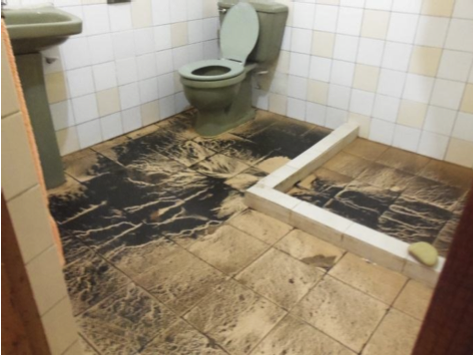God, as known to us in Jesus Christ, welcomes all.
We welcome people of any race, national origin, ethnicity, gender, sexual orientation, age, social or economic status, employment status, or life situation; including people with physical or mental illness or disability.
We practice loving acceptance of each person and respectful discussion
 of our differences.
of our differences.
Affiliated to Reconciling Ministries Network
Recent News
Sunday Worship Service - July 30 at 10:00 am
July 30, 2023 - 9:51am
Sunday Worship Service - July 23 at 10:00 am
July 23, 2023 - 9:48am
Sunday Worship Service - July 16 at 10:00 am
July 16, 2023 - 10:17am
Vacation Bible School
July 14, 2023 - 10:10pm
Sunday Worship Service - July 9 at 10:00 am
July 9, 2023 - 9:53am
 Jan. 24 marked the beginning of “Alasitas,” a three-week long Andean festival celebrated by Bolivia’s indigenous Aymara tribe.
Jan. 24 marked the beginning of “Alasitas,” a three-week long Andean festival celebrated by Bolivia’s indigenous Aymara tribe. It’s been a weird week, and I suppose that’s heightened our sense of gratitude.
It’s been a weird week, and I suppose that’s heightened our sense of gratitude. On Nov. 1, All Saints Day, Bolivianos party with the souls of their lost loved ones. Days prior to the fiesta street markets teem with 50-kilo bags of flour and sugar, buckets full of lard, and tables and blankets spread with myriad, hand- painted, miniature plaster-of-Paris faces. Families use these to make “Tantawawas,” Aymara for Bread Babies. The term refers generally to the many, many, shaped bread loaves -- those decorated with human faces symbolize the dead; others formed like horses, ladders or stairs are meant to help transport the spirits from heaven. Since most families don’t have an oven, they either buy bread or make dough and rent oven time from those who do.
On Nov. 1, All Saints Day, Bolivianos party with the souls of their lost loved ones. Days prior to the fiesta street markets teem with 50-kilo bags of flour and sugar, buckets full of lard, and tables and blankets spread with myriad, hand- painted, miniature plaster-of-Paris faces. Families use these to make “Tantawawas,” Aymara for Bread Babies. The term refers generally to the many, many, shaped bread loaves -- those decorated with human faces symbolize the dead; others formed like horses, ladders or stairs are meant to help transport the spirits from heaven. Since most families don’t have an oven, they either buy bread or make dough and rent oven time from those who do. A lot of good work got packed into the past six weeks!
A lot of good work got packed into the past six weeks! Our hearts are still soaring and our pantry, our stock of public health teaching supplies and first aid materials, as well as my previously meager store of footwear, have grown substantially, thanks to last week’s visit from Team Onalaska (Wisconsin).
Our hearts are still soaring and our pantry, our stock of public health teaching supplies and first aid materials, as well as my previously meager store of footwear, have grown substantially, thanks to last week’s visit from Team Onalaska (Wisconsin).

 Dear Friends and Family,
Dear Friends and Family, The house flooded again, so Jeff stayed home to clean, and I kept our date with Froilan Mamani Quispe, Director of the Cusijati School, for a one- day trip to La Paz.
The house flooded again, so Jeff stayed home to clean, and I kept our date with Froilan Mamani Quispe, Director of the Cusijati School, for a one- day trip to La Paz.





